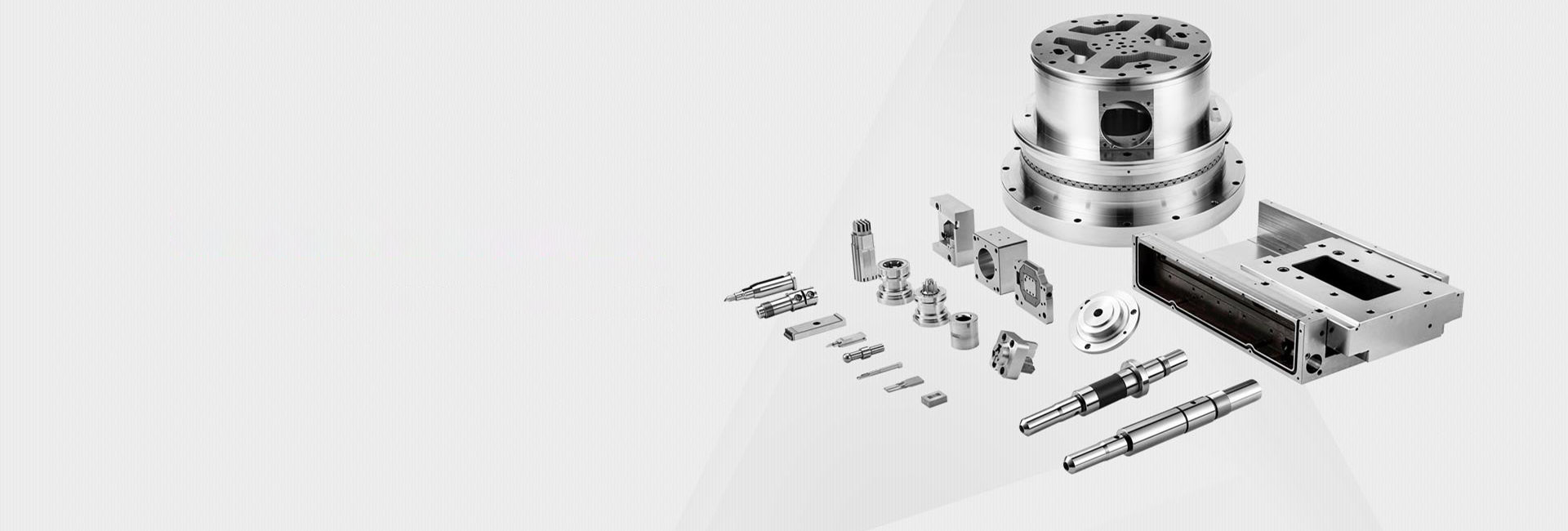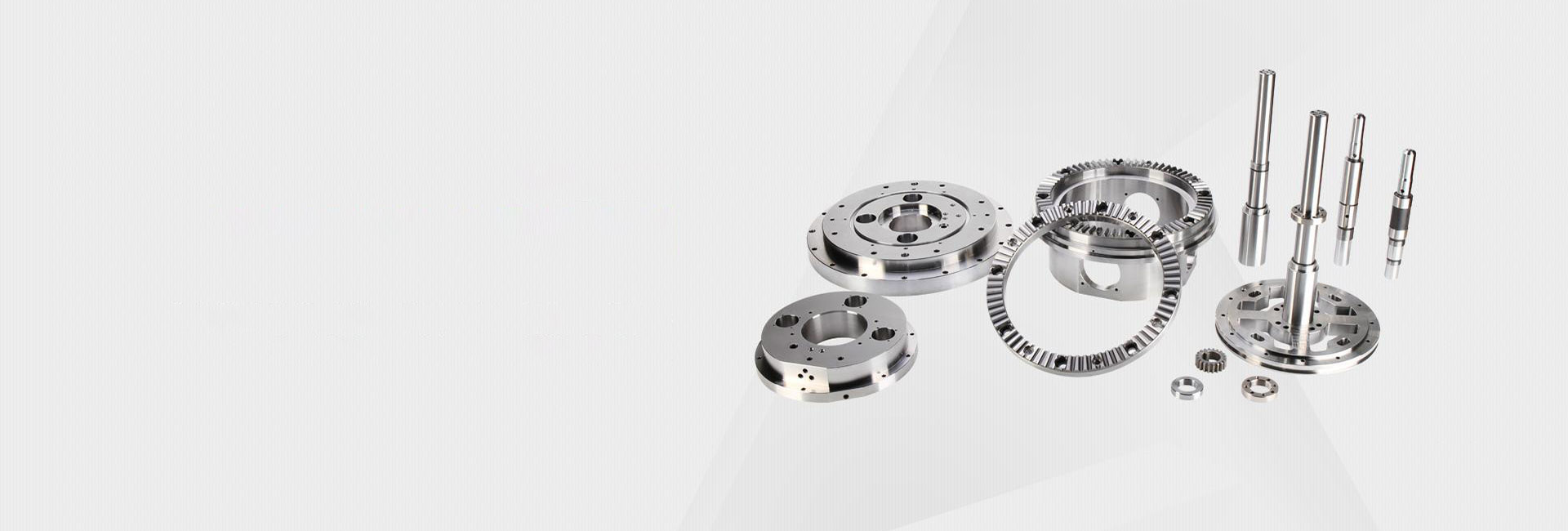Heat Treatment and CNC Machining Sequence, Heat Treatment After CNC Machining Deformation How to Do
Ever faced the frustrating scenario where your meticulously designed precision part warps or cracks after heat treatment and CNC machining? 😫 You're not alone. This common pain point plagues many engineers and procurement managers, turning a perfect blueprint into a scrapped component. Let's dive into solving these intertwined challenges.
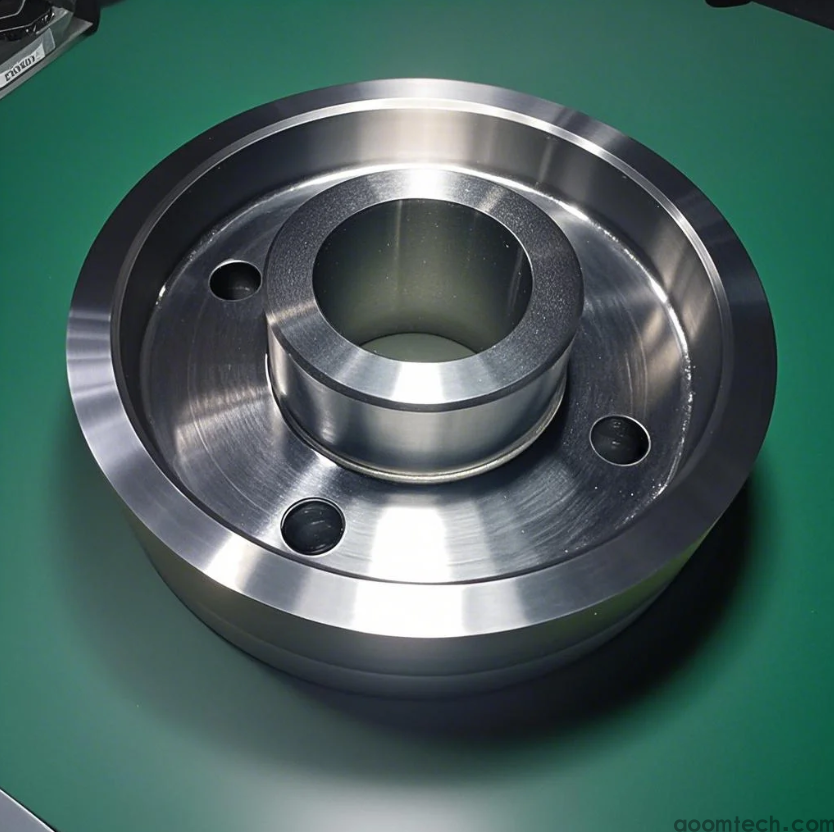
What's the Core Issue Behind This Title?
Basically, everyone wants to know: in what order should we do heat treatment and CNC machining, and what to do when things go wrong with deformation? It's like asking, should I cook the steak first and then slice it, or the other way around? The sequence matters, and so does fixing mistakes.
Why Does Deformation Happen After Heat Treatment and CNC Machining?
When you heat treat metal—like quenching or tempering—you're basically stressing it out internally. 🤒 Then, when the CNC machine takes its cuts, it might release this stress, causing warping. Think of it like a stressed-out person finally snapping. We're removing material, which changes the part's balance. Residual stress is the main culprit here, but the exact way it triggers deformation in every material might need more looking into.
Heat Treatment and CNC Machining: Which Comes First?
This is the classic chicken-and-egg problem in manufacturing. Typically, rough machining comes first, then heat treatment, followed by finish CNC machining. Why?
• Rough Machining First: Removes bulk material, getting the part close to shape.
• Then Heat Treatment: Enhances hardness or toughness, but might cause slight distortion.
• Finish Machining Last: Cleans up any deformation from heat treatment, ensuring precise dimensions.
But, honestly, sometimes the sequence can flip depending on the material. I've seen cases where heat treatment first works better for some alloys, but that's a whole other debate.
Practical Ways to Reduce Machining Deformation
So, your part warped. Now what? Don't panic! Here are some fixes I often use:
• Stress Relief Annealing: Heat the part to a lower temperature to relax those internal stresses before final cuts. It's like giving the metal a spa day. 🧖
• Adjust CNC Parameters: Slow down the cutting speed or use lighter passes. Less aggression means less shock to the stressed material.
• Use Fixtures: Clamp the part securely during machining to resist warping forces.
Although these methods help, the full picture of how every material reacts is still a bit fuzzy in some areas, so trial and error is key.
Choosing the Right Heat Treatment Process
Not all heat treatments are created equal. For CNC machined parts, you might pick:
• Quenching and Tempering: For high strength and toughness.
• Annealing: To soften the material for easier machining.
• Case Hardening: For a hard surface and tough core.
Match the process to your part's job—like picking the right tool for the job. 🔧 But remember, each choice affects how the CNC machine should handle it later.
Common Pitfalls and How to Dodge Them
Many folks rush the process, leading to costly errors. Watch out for:
• Skipping rough machining and going straight to finish cuts after heat treatment.
• Ignoring material-specific guidelines—what works for steel might not for aluminum.
• Overlooking post-machining checks for micro-cracks.
On the flip side, taking it slow and testing samples can save headaches. I always say, measure twice, cut once! 😊
In my view, getting heat treatment and CNC machining to play nice is part art, part science. While we have general rules, each project teaches something new. Hopefully, this gives you a solid start to tackle those deformation blues and sequence dilemmas!
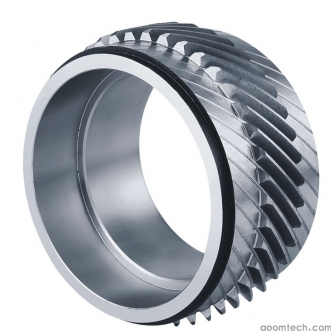 How Much Does CNC Anti-Slip To
How Much Does CNC Anti-Slip To
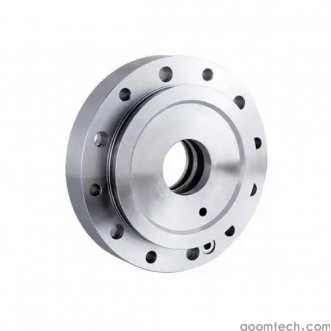 How to Choose Reliable CNC Fla
How to Choose Reliable CNC Fla
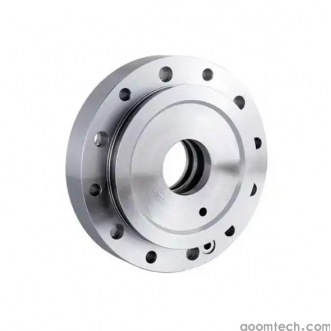 Precision CNC Aluminum Parts C
Precision CNC Aluminum Parts C
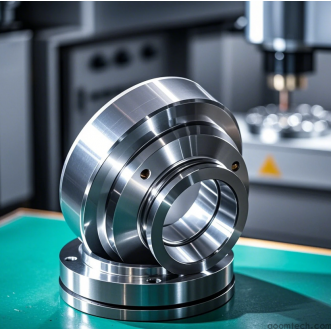 Precision CNC Machining Manufa
Precision CNC Machining Manufa

